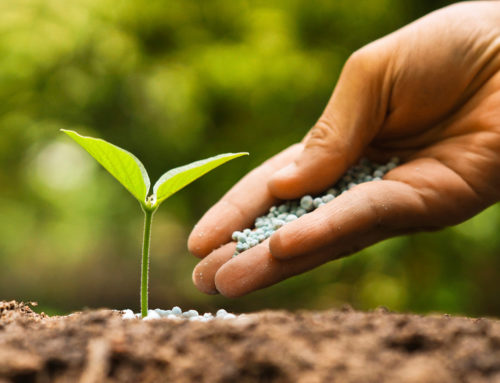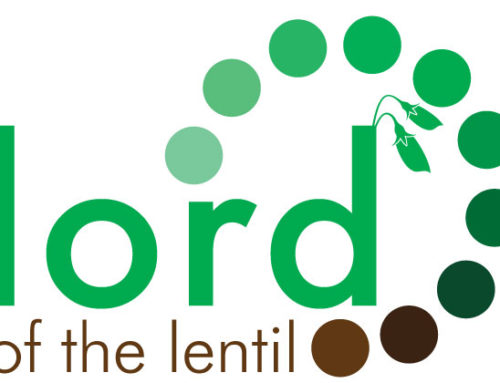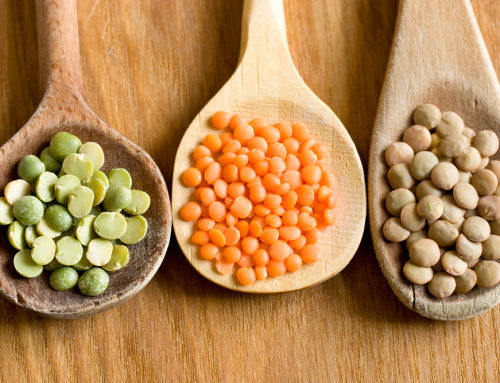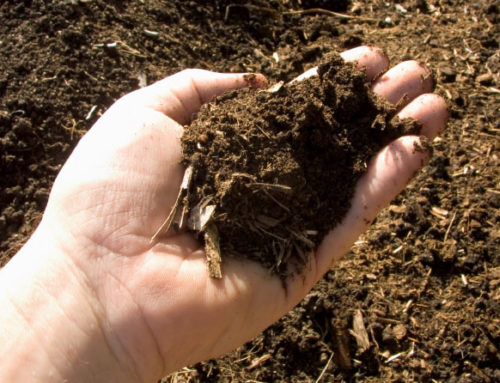By Lacey Gerbrandt
The most common thing I hear from farmers is the word “STRESS.” When we held our Celebration of Women in Farming conference, we conducted a survey for attendees to rate what to discuss at the next conference, the most highly-rated topic was stress management (by far!).
The cost of farming has changed dramatically in the last decade! There is way more risk on the table. When I look at this from an insurance stand-point, I feel that with all the elevated risk, it’s unusual that most farms are still insuring the same way they have for the last several years. In comparison to other business industries, agriculture is severely under-insured relative to their risk. One bad year (which is bound to happen every once in a while) could severely affect the security of a farm. Of course that is going to be stressful! We fight to find a year we could start succession and lead into retirement; we fight to make sure we have a secure farm for our kids to be part of one day; and we fight to ensure a lifestyle that has been enjoyed by many generations of our families. It would be devastating to lose the farm yet the more set-backs we encounter, the tougher the recovery. Before you know it you are living in a whirl-wind of stress and forgetting to enjoy this lifestyle. I would love to hear more stories about the triumphs of farming, the success stories, the broken barriers, the record-setting yields, the lessons passed from generation to generation, the times spent crop-checking with family or friends, the peace and serenity of the countryside, the unique ideas and experiments, the harvest memories or after-harvest celebrations, the kids driving around the field, or the naps they take in a piece of machinery, etc. I want to hear more of this and hear less of “I can hardly take it anymore, farming is just so stressful.”
There are so many variables beyond our control in farming:
- Weather is unpredictable. Even when we read the forecast and try to plan out our year based on it, we can get a curve ball thrown at us at any time. Many people last year thought there was less need to insure because our ground moisture would be quite adequate going into seeding – then we ended up beginning our year in a drought.
- Inputs are expensive – there are so many ways to promote good agronomy and feed our crops the right ingredients at the right time, but we are scared to spend that money. What if it doesn’t work? What if we get hailed out after we apply that fungicide? Wouldn’t it be nice to make decisions based on what you feel the crop needs at the time – or even to get excited by the opportunity to aim for the fence. I loved the story of the canola that hit 116BPA! That would be so great to take on that risk and reap that reward. When questioning the success rate of certain products, we are all leery about what the ROI is on those products – wouldn’t it be nice to be able to just take a chance? According to our study (ask me to learn more) on 150 Financial Summaries, the reward on inputs is 1.74:1.00! I encourage all farmers to take advantage of new seed varieties, seed treatments, inoculants, micro-nutrients, proper fertilizer blends, multiple fertilizer applications, herbicide application in a timely manner, fungicides (whether you see the disease or not), etc. If you can get back $1.74 on every $1 you spend, why not try it?
- Markets are volatile and difficult to price. When you’re able to lock in a good profit, but you hesitate because of contract buy-outs, grade spreads, etc., you could be missing out on the highs of a market and an opportunity to turn profits. You give up $0.60 – $1.20/bu when contracting pulses with an Act of God – wouldn’t it be nice to take that extra profit and run? If you lock in 20 BPA for 2 cents higher on your lentil contract, you have just profited $24 per acre! These are decisions that could have you making a lot more money!
Here is an example of a stressful situation: You have poured a pile of inputs and time into producing the best crop possible and it all gets hailed out. There’s an opportunity to feed it a fungicide and micro-nutrients (intervenes – as Pat calls it); but you worry that it won’t work and you’ll be out even more. Or maybe you’re thinking, what if it works but it hails again, or we get an early frost? On the flip side, you don’t really know what you would get out of your crop insurance and if you do nothing, you may not get anything at all out of this crop. You’re basically at risk no matter what you decide: Risk = Stress. Check out this video testimonial that refers to a situation like this at: agrisksolutions.ca/videos.
So, if I told you there was a way that you could alleviate all the stress I’ve talked about above, would you do it or would you refrain because you have to pay a premium on that? If I had the choice to work towards much higher returns and to pay a premium to make sure that I make money, I would take that all day long! Unfortunately, it’s not available for sales people.
Global Ag Risk insures farmers who want to aim for the fence year after year to produce a great crop and market it effectively. This insurance is a product built by a financial planner and an accountant. I feel that it is the missing piece that is necessary for farming profitably while minimizing the risk. Global Ag Risk is not purchased by farmers who intend to claim on insurance; it’s for farmers who want to farm their way out of insurance claims.
Here are some things other farmers are saying about Global Ag Risk:
“Global Ag sets your floor and opens your ceiling.”
“Consider Global Ag not only for the 1 in 10 years you may need to claim, but it shines on the 9 out of 10 years that you don’t have to claim.”
“It helps me sleep at night!”
Please get in touch with me at lacey@emerge.ag or 306-962-4132 to learn more about Global Ag Risk.







Leave A Comment